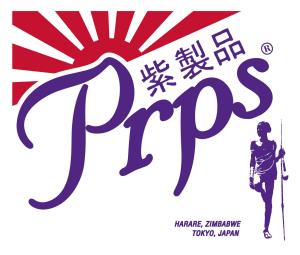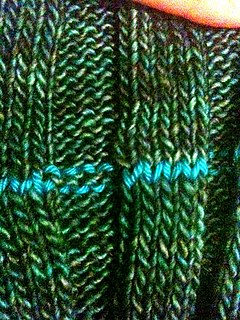| Look up selvage in Wiktionary, the free dictionary. |
Selvage, or Selvege, may refer to;
| Look up selvage in Wiktionary, the free dictionary. |
Selvage, or Selvege, may refer to;

Knitting is a method by which yarn is manipulated to create a textile or fabric; it is used in many types of garments. Knitting may be done by hand or by machine.

Denim is a sturdy cotton warp-faced textile in which the weft passes under two or more warp threads. This twill weaving produces a diagonal ribbing that distinguishes it from cotton duck. While a denim predecessor known as dungaree has been produced in India for hundreds of years, denim itself was first produced in the French city of Nîmes under the name serge de Nîmes.
Faggot, faggots, or faggoting may refer to:
Tension may refer to:
Salvage may refer to:
Dungaree or dungarees may refer to:
Cable may refer to:
Can of worms is an idiom referring to a slew of subsequent problems and dilemmas arising from a decision or action. The phrase may also refer to:

Prps is a New York-based luxury fresh denim brand that was established in 2002 by former Nike designer, Donwan Harrell. The brand motto is "Bruised, never broken".
Gather, gatherer, or gathering may refer to:
The selvage of a knitted fabric consists of the stitch(es) that end each row ("course") of knitting. Also called selvedge, the term derives from "self-edge". The selvage may be considered finished; it may also be used in seaming garments, or finished and reinforced using crochet or other techniques. There are many methods for producing selvages.

In knitting, grafting is the joining of two knitted fabrics using yarn and a needle in one of three types of seams:
A hem in knitting is the edge of a piece of knitted fabric that is parallel to the rows of stitches, as compared to a selvage, which is perpendicular to the hem and rows of stitches. Hems can be made in several ways.

In knitting, picking up stitches means adding stitches to the knitting needle that were previously bound off or belong to the selvage.

Knitted fabric is a textile that results from knitting, the process of inter-looping of yarns or inter-meshing of loops. Its properties are distinct from woven fabric in that it is more flexible and can be more readily constructed into smaller pieces, making it ideal for socks and hats.

A selvage or selvedge is a "self-finished" edge of a piece of fabric which keeps it from unraveling and fraying. The term "self-finished" means that the edge does not require additional finishing work, such as hem or bias tape, to prevent fraying.
The manufacture of textiles is one of the oldest of human technologies. To make textiles, the first requirement is a source of fibre from which a yarn can be made, primarily by spinning. The yarn is processed by knitting or weaving, which turns yarn into cloth. The machine used for weaving is the loom. For decoration, the process of colouring yarn or the finished material is dyeing. For more information of the various steps, see textile manufacturing.
Complete garment knitting is a next-generation form of fully fashioned knitting that adds the capability of making a 3-dimensional full garment. Unlike other fully fashioned knitting, where the shaped pieces must still be sewn together, finished complete knitted garments do not have seams. The knitting machines' computerized instructions direct movement of hundreds of needles to construct and connect several tubular knitted forms to create a complete garment in a single production step.
Jean may refer to:
Sewing is the craft of fastening or attaching objects using stitches made with needle and thread. Sewing is one of the oldest of the textile arts, arising in the Paleolithic Era. Although usually associated with clothing and household linens, sewing is used in a variety of crafts and industries, including shoemaking, upholstery, sailmaking, bookbinding and the manufacturing of some kinds of sporting goods. Sewing is the fundamental process underlying a variety of textile arts and crafts, including embroidery, tapestry, quilting, appliqué and patchwork.